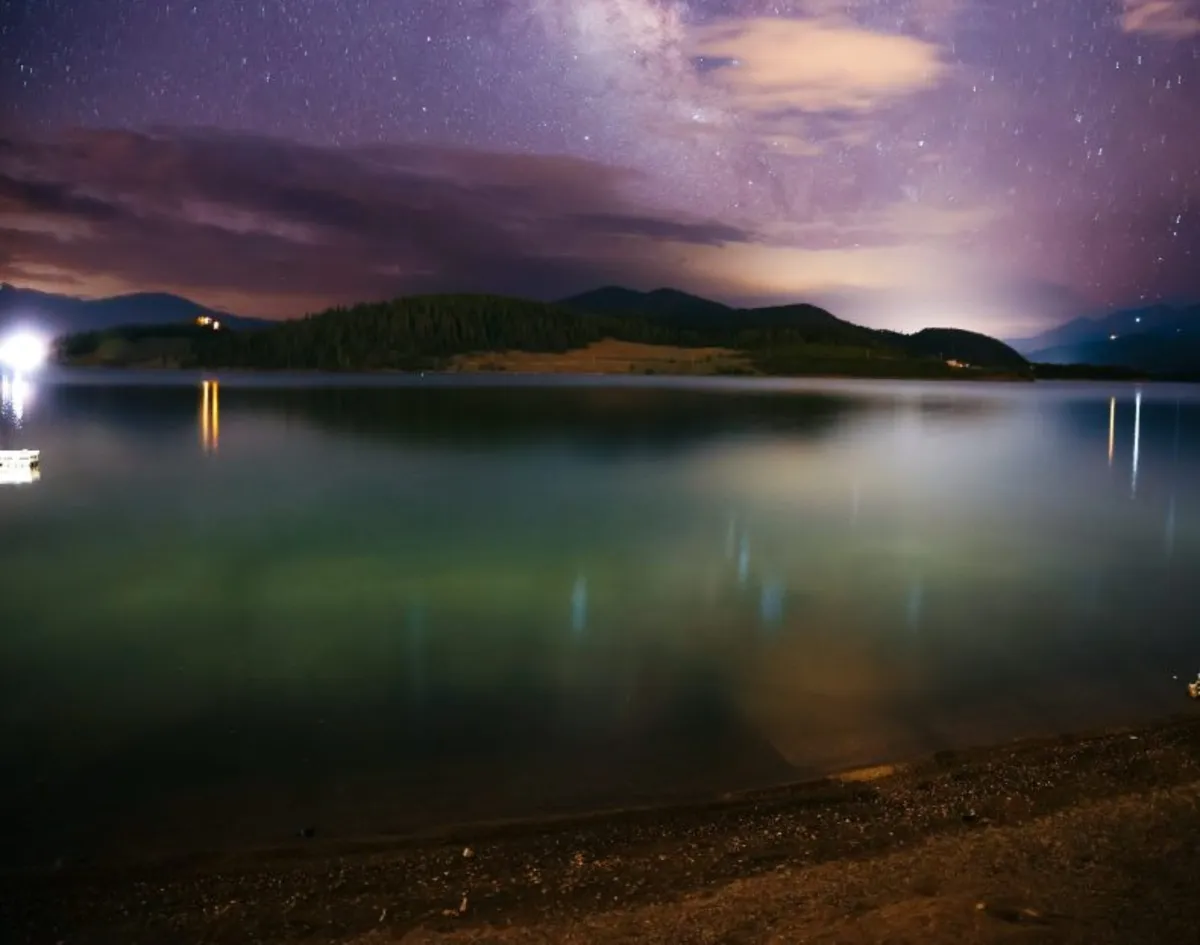
As August rolls in, Colorado’s night skies are set to become a breathtaking spectacle, showcasing one of the finest meteor showers of the year: the Perseids meteor shower. Renowned astronomy guide and Summit County resident, Mark Laurin, affectionately known as Astro Mark, anticipates an impressive display of approximately 150 shooting stars per hour, peaking on the night of August 12. “This is supposed to be the granddaddy of them all,” Laurin remarked, highlighting the meteor shower as just one of the many astronomical phenomena that enthusiasts can enjoy throughout the month of August in Colorado.
Living in a mountain town and an active member of the Denver Astronomical Society, Laurin asserts that August is one of the prime months for stargazing in Colorado. Alongside the Perseids, stargazers can also marvel at the galactic center of the Milky Way, identify prominent asterisms like the Summer Triangle, and witness the alignment of various planets in the night sky. With the summer solstice now behind us, the sun sets earlier each day, leading to longer nights that provide ample opportunities for stargazing. “In August, you’re comfortable enough, you’re not freezing, and you can stay out a while to enjoy the celestial wonders,” Laurin added.
Laurin, who imparts his knowledge of astronomy through collaborations with the Colorado Tourism Center and as an adjunct instructor for the Keystone Science School, encourages everyone to spend time under the stars with friends and family as summer draws to a close. He suggests finding a dark location with a clear view of the night sky, putting away distractions like cellphones, and taking a moment to simply look up. “Just take five minutes and look at the stars. Notice the difference in color and brightness,” Laurin advises. “You’ll likely end up looking for longer because the universe has a way of drawing you in.”
The Perseids meteor shower commenced in mid-July and is set to peak around mid-August. This meteor shower, named after the constellation Perseus, is renowned for being one of the best opportunities to witness shooting stars. According to Laurin, meteors, often referred to as shooting stars, are visible bright streaks of light that occur when small pieces of space debris disintegrate upon entering the Earth’s atmosphere. The phenomenon of a meteor shower occurs when the Earth’s orbit intersects with a stream of debris left by a comet.
For those looking to maximize their viewing experience, Laurin recommends heading out on the night of August 11, approximately two hours post-sunset, when the moon will still be below the horizon, allowing for a darker night sky. Although the meteor shower peaks on August 12, a bright waning gibbous moon that night may overshadow some of the fainter meteors. Earlier in the evening, viewers can anticipate more long streaks across the sky, while later on, the sky may reveal more explosive events or “fireballs” that burst with light.
For early risers, August 12 offers a unique opportunity to witness a stunning planetary alignment. Laurin indicates that the planets Mercury, Jupiter, Venus, and Saturn will form a straight line across the sky before dawn, providing a celestial “bookend” to the day. To observe this alignment, Coloradans should be up by 5:30 a.m., potentially with a cup of coffee in hand. Mercury will be visible just above the horizon, followed by Jupiter and Venus slightly above it. By drawing a line across the sky to the moon on the western horizon, viewers can find Saturn positioned just to the left of the moon.
If Saturn proves tricky to spot, Laurin suggests covering the moon with a hand to dim its light. For those equipped with binoculars, the bright blue planet Neptune can also be observed nearby. “You can’t miss it,” Laurin states, as it will be distinctly blue and easily recognizable next to Saturn.
Throughout August, the Milky Way will stretch majestically across the night sky, offering a glimpse into the barred spiral galaxy that houses our solar system. Laurin describes the Milky Way as “the original nocturnal entertainment,” a sight that has captivated humanity for generations. While light pollution obscures this magnificent view in urban areas, the mountains of Colorado provide a natural shield against artificial light, allowing visitors to enjoy a clear sight of the stars—much like our ancestors did.
Stargazers can take in not only the twinkling stars but also the vast empty spaces between them, such as the Great Rift, which appears as a dark band across the Milky Way due to dense clouds of gas and dust. Lying back and gazing at the night sky, individuals can also identify asterisms, which are patterns formed by groups of stars of similar brightness. One prominent asterism that can be spotted in August is the Summer Triangle, composed of three stars from the constellations Aquila, Cygnus, and Lyra. Facing south and looking up towards the highest point in the sky will reveal this stunning formation.
With the Perseids meteor shower and other ongoing celestial phenomena, August is a particularly rich time for stargazing. Laurin encourages everyone to take a moment to appreciate the wonders of the night sky. “That’s what makes this time of year so special,” he concludes. “The Milky Way is in an opportunistic position, and with the ongoing meteor showers, there’s no better time to enjoy the beauty of the universe.”